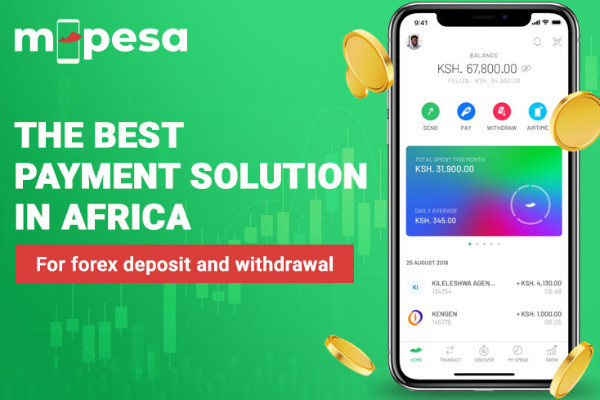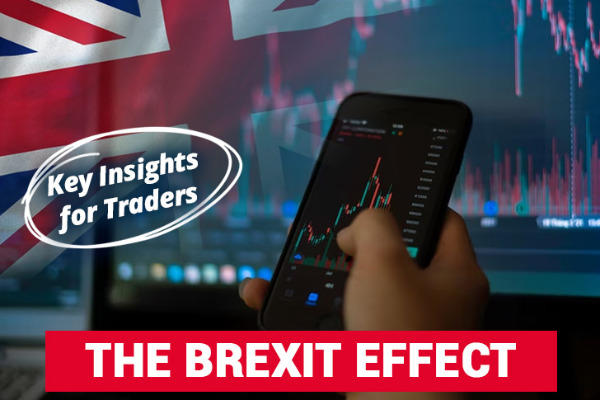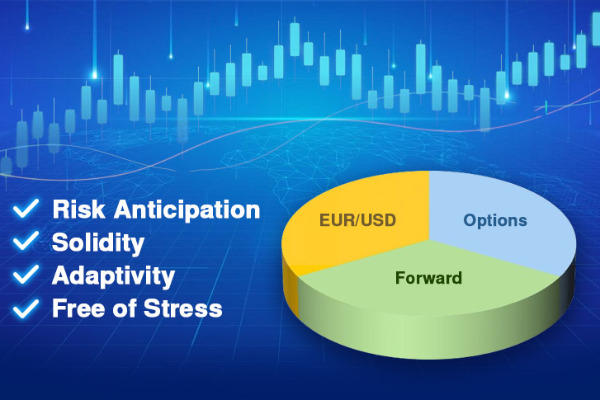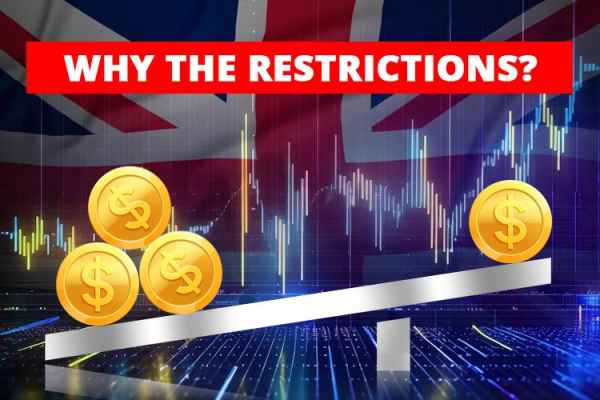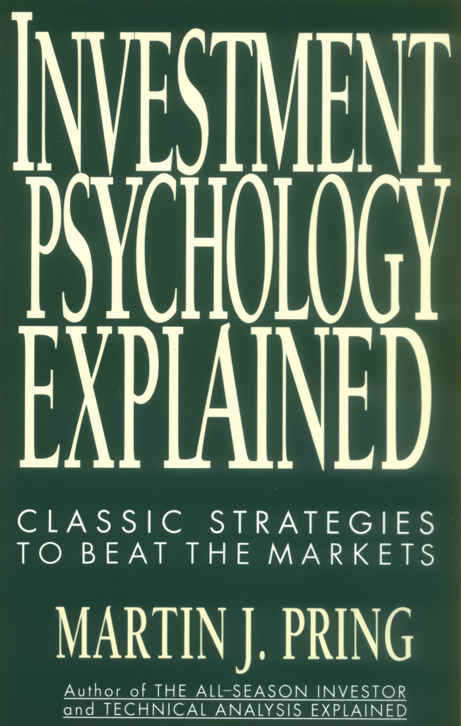Not all of stop loss hunters are scheming brokers who want to trade against you. Sometimes, falling into the trap of stop loss hunters is due to your own mistake. What can you do to protect your money from them?
Have you ever experienced an unexpected loss caused by a sudden price movement? If so, you may need to know that market volatility is not the only reason behind such phenomena. Sometimes, it is ignited by stop loss hunters.
What is a stop loss hunter? It is essentially a market player who hunts traders' stop loss levels and gains benefits from it. They will drive the price to reach a stop loss level and reverse it just after their victims' stop loss orders are triggered. In that way, the traders' losses would become their profits as they are practically on the other side of the position.
The most common type of stop loss hunter known in the retail trading industry is a market maker. It is a type of forex broker generally known to trade against clients. Still, certain traders become stop loss hunters themselves.
1. Brokers are Not the Only Suspects
Perhaps at some point, you feel cheated by your broker. Believe it or not, many traders feel the same because they are insecure about what their forex brokers can do to their positions.
They are suspicious that the price movement is not normal and then proceed to complain after if the abnormal condition leads to a big loss. Unavoidably, this kind of suspicion put forex brokers in a bad light where they are regarded as stop loss hunters who only want to trade against their clients.
While the notion is not entirely wrong (depends on what kind of broker we are talking about), it is also not absolutely true. There is another suspect mostly overlooked by many sides. The suspect we discuss here is the big players.
Yes, a stop loss hunter is not only the brokers but also the traders who are smart in taking advantage of newbie traders' mistakes. They usually are experienced and smart in benefiting the amateur trader's mistakes in placing the stop loss.
Feeling confused?
Here are two examples of incidents that differentiate scam brokers and big players hunt a stop loss level:
Exhibit A
John opened a long position for EUR/USD at 1.3150, with a stop loss at 1.3100, 50 pips away from the entry level. When the price moved lower to 1.3105, his stop loss was somewhat triggered and his position was closed with a loss. Later, he identified that the spread had widened during his trade, causing his stop loss to get triggered.
Unfortunately, this incident did not happen once or twice. It happened so often that he suffered a big drawdown even though his stop loss setup was a perfect example of a good risk management.
Exhibit B
Bob had a EUR/USD long position opened at 1.3150. In setting up he stop loss, he used the psychological level of 1.3100 as a reference. Soon after he made an entry, the price dropped and touched his stop loss level.
When he was about to consider the incident as a normal loss, the price moved back up and formed a false break around the 1.3100 area. Bob was left dumbfounded and feeling betrayed as he would still have a chance to make a profit if he placed the stop loss at a lower level. Similar to the Exhibit A, the "false break" incident happened too many times.
Exhibit A is a perfect example of a victim targeted by a broker. Normally, such a broker is a market maker who does not deliver their clients' orders to the market. On the other hand, Exhibit B is considered as a trader's mistake in placing the stop loss.
How do big players exactly get their benefits? The basic principles can be traced from the buyer and seller correlation in the forex market. When you want to buy a currency pair, the other side will sell the asset to you.
So, it's clear that if an unknowing trader wants to open a buy position, the big players would get ready on the other side. They would prey on the victim's simple knowledge about the support resistance and bait them to trade around the key area.
For instance, to stimulate an amateur trader to open a sell position at the support level, they move the price on purpose a little bit under the support level. Then, they open a buy position with a bigger volume to push the price back.
The big players usually have transactions as institutional trader with enough ammunition to manipulate the price movement.
They have special skills to predict their target's stop loss levels. They are mostly determined by these 5 factors:
- The psychology level.
- The nearest High or Low.
- Fibonacci levels or Pivot Point.
- The most common moving average periods (MA10, 20, 50, 100, or 200).
- The meeting point of the aforementioned factors.
2. Manual Stop Loss is Not the Ultimate Solution
If the stop loss hunters target stop loss levels that can automatically close a transaction with a loss, should we try to place the stop loss manually? The answer will depend on your skill as a trader.
If you are a pro and you can close the position manually without letting your emotion interfere with your decision, then do it. However, if you are often influenced by emotions, the manual way will only speed up your loss.
As a solution, you can anticipate the stop loss hunters by setting the stop loss several pips away from the key level. Take an example of John and Bob's positions above.
Choosing a psychological level at 1.3100 as a stop loss is basically asking for stop loss hunters to feast on your loss, because of they are more likely to act in that area. To anticipate this, they should take some space around the stop loss. It can be at 1.3092, 10394, and so forth.
Besides, choosing the stop loss based on the risk management rules is better. If your risk tolerance is 30 pips loss for every position, then make it as your general thumb of rule and never break it.
Such rule is impossible to be predicted by stop loss hunters because every trader has their own risk management setups. Unless the level coincides with the psychological level or the other 4 levels used by the stop loss hunters, you should be safer using your own risk management rule to set up the stop loss.
3. Use Price Action to Confirm a Breakout
Concluding from the previous examples above, false breaks generally indicate stop loss hunters in action. This condition is usually marked by the price that moves as if it breaks an important level and causes a breakout.
Due to the high possibility of a breakout, many traders are distracted by such a false break. Meanwhile, if they learn how to identify and confirm a breakout, the loss caused by the false break can be minimized.
So, one of the suggested methods to overcome this problem is to wait for the price action confirmation. If the market is uncertain and creates a high-risk environment in which false breaks are most likely to occur, the price usually forms a lot of long-wick candlesticks.
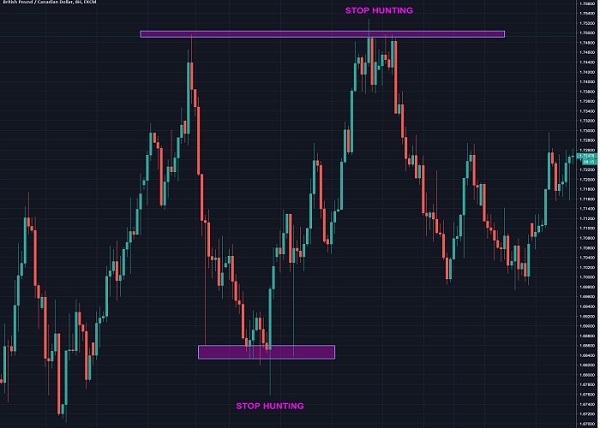
If the candlestick breaks an important level, do not directly assume it is a breakout signal. You should wait until the next candle closes outside the support or resistance level to get further confirmation.
Also, make sure the candle has created a bullish or bearish form. A break from the support will be confirmed if it is continued with a bearish candle, whereas a break from the resistance level is only validated if it is followed by bullish candles.
How to Avoid Stop Loss Hunters
- Be carefull in choosing a broker. Avoid trading in a market maker broker if you can help it. Check the identity and what jurisdiction it is registered under. Most FX regulations prohibit the practice of stop loss hunting, so you will less likely encounter a broker acting as a stop loss hunter if it is licensed by a credible regulatory agency.
- Make a trading journal to monitor your positions. It will help you learn which losing positions are considered "normal" and which ones are suspiciously closed by early stop losses. In time, evaluating a trading journal will also assist you to find out who hunts your stop loss (the broker or the big players).
- Avoid placing a stop loss at key levels, MA lines, or confluence points from both aspects.
- Reduce opening positions during the release of high-impact news. Check out the economic calendar for better information.
- Be aware of a false break and don't take action before the Price Action confirmation appears.
- Always use more than one trading signal to make an important decision.
- Increase your discipline in trading and control your emotion.
As a trader, you should know the looming threat of stop loss hunters. They usually have the skills and experience to take advantage of the amateur traders' mistakes in placing the stop loss.
If you are in a rush, the big players will use their knowledge and years of experience to play their victims. They know that newbies are prone to emotional decisions and will take an advantage of that. So, prepare your mind as best as possible. In this case, learning how to manage your trading psychology may be a good beginning.

 Dedicated FREE FOREX VPS
Dedicated FREE FOREX VPS Free FOREX Virtual Private Server
Free FOREX Virtual Private Server MT4 Demo Contest, Get $500
MT4 Demo Contest, Get $500 Sign Up for an Account, Claim 60% Deposit Bonus
Sign Up for an Account, Claim 60% Deposit Bonus Free MT4/MT5 VPS 2024
Free MT4/MT5 VPS 2024 Send E-mail and Get Free Merchandise
Send E-mail and Get Free Merchandise $1K Refer a Friend Bonus for Pepperstone Pro clients
$1K Refer a Friend Bonus for Pepperstone Pro clients Maximize Your Earnings with 100% Deposit bonus
Maximize Your Earnings with 100% Deposit bonus Trade to Win, $5,000 Monthly Demo Contest
Trade to Win, $5,000 Monthly Demo Contest Claim 30% + 15% Deposit Bonus from LiteFinance
Claim 30% + 15% Deposit Bonus from LiteFinance

